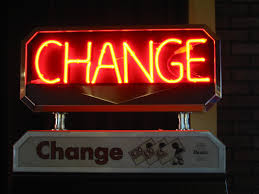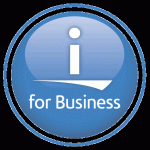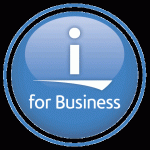 In my February 12th IT Jungle article on returning your IBM i machines to the leasing company, I discussed why it’s important to inventory your Power i box (an IBM Power system machine running the IBM i operating system) before returning it to the vendor. This is because it’s common practice to perform in-lease upgrades to Power i machines, where equipment is removed and replaced to add new capabilities.
In my February 12th IT Jungle article on returning your IBM i machines to the leasing company, I discussed why it’s important to inventory your Power i box (an IBM Power system machine running the IBM i operating system) before returning it to the vendor. This is because it’s common practice to perform in-lease upgrades to Power i machines, where equipment is removed and replaced to add new capabilities.
As a result of these upgrades, your Power i machine at the end of your lease may not exactly resemble the Power i machine you obtained at the beginning of the lease. So for many companies, it’s also common practice to “put your IBM i back together” before returning it to the leasing company. Which means you have to inventory your machine; locate any parts you may have removed and add them back; remove any additional parts you may have added that the leasing company doesn’t own; and send the machine back.
The goals of the machine inventory are two-fold: 1) to make sure you’re returning the proper equipment to the leasing company at lease end (i.e., the equipment on your lease’s equipment schedule) so you don’t get penalized for missing equipment; and 2) to retrieve any equipment you may have purchased and installed outside of the equipment lease so you don’t accidentally send it back to the leasing company.
A good example of how this works is a machine leased by one of my clients several years ago that we nicknamed The Giving IBM i.
The Giving IBM i was one of a pair of IBM i machines that were leased as a production machine and a CBU pair. They were identical System i machines that had the same amount of CPU, memory, and disk. The problem was that the Capacity BackUp system (CBU) was sized to mirror both the production and development machines, but it was only mirroring the production partition. Which meant, there was additional capacity on the CBU that wasn’t being used.
This contributed to a rearrangement and expansion of the production and CBU machines. Here’s an example of just some of the things they did with these two machines during the time they were running at my client’s Data Centers.
- Bought not leased, dual 9188 Power Distribution Units (PDUs) for each of the System i cabinets
- Removed nine IBM 4326 35 Gb disk drives from the production machine and installed them in the CBU machine to create a sandbox partition
- Bought not leased, twelve IBM 4328 141 Gb disk drives on the production machine to replace and upgrade the production partition’s disk arrays when the 4326 drives were removed (a disk drive upgrade)
- With the permission of the leasing company and IBM, transferred an operating system license from the CBU to the production machine. The CBU was mistakenly configured with additional operating system licenses when it only required one OS license for CBU processing. Transferring the license between the machines allowed the client to add more OS licenses to the production machine at a portion of the cost for a new license.
- Transferred an 595 system unit with ten 70 GB disk drives, a 2844 IOP, and a 3793 communications card from the CBU to the production machine
I think you can see why they referred to the CBU as the Giving machine.
Now this may have been an extreme example of modifying and rearranging Power i machines during a lease term, but changes like these can happen to leased machines. The trick to doing these types of changes during and after the lease is the following:
- As appropriate, notify your leasing company of the changes you are making to get whatever permissions are needed. You may opt to add the cost of the changes to your monthly leasing payments or you may just be buying some equipment to work with your leased system.
- As appropriate, notify IBM or your outside maintenance provider to insure the moved or newly installed equipment is covered under your maintenance contract. Note: in some cases this may result in a change to your maintenance costs.
- Keep track of any changes to your equipment schedule so you understand what equipment the leasing company owns and expects back at lease end
- Keep track of any purchased equipment you installed in your leased systems. You may have to pull that equipment out at lease end when you either upgrade or replace your system, if it’s not included in the lease.
- Keep track of any equipment you removed and store it safely so you know where it’s at when it’s time to reinstall it at the end of the lease
- Again, you’ll need to inventory your equipment at lease end to know which items to remove and add back to your systems, so they match the equipment schedule
For more information on other tasks to accomplish at lease end, check out my February 12th IT Jungle article on returning your IBM i machines to the leasing company
Follow Joe Hertvik on Twitter @JoeHertvik. You can also add Joe to your professional network on LinkedIn by clicking here.






